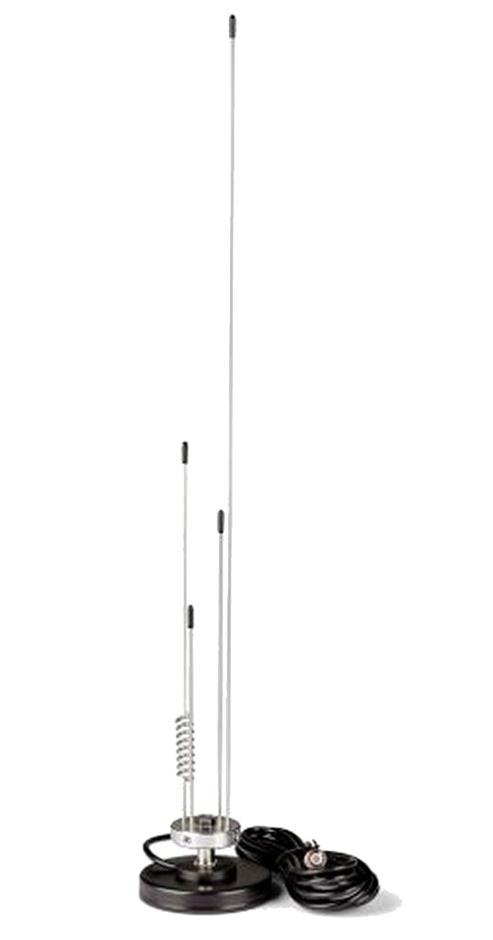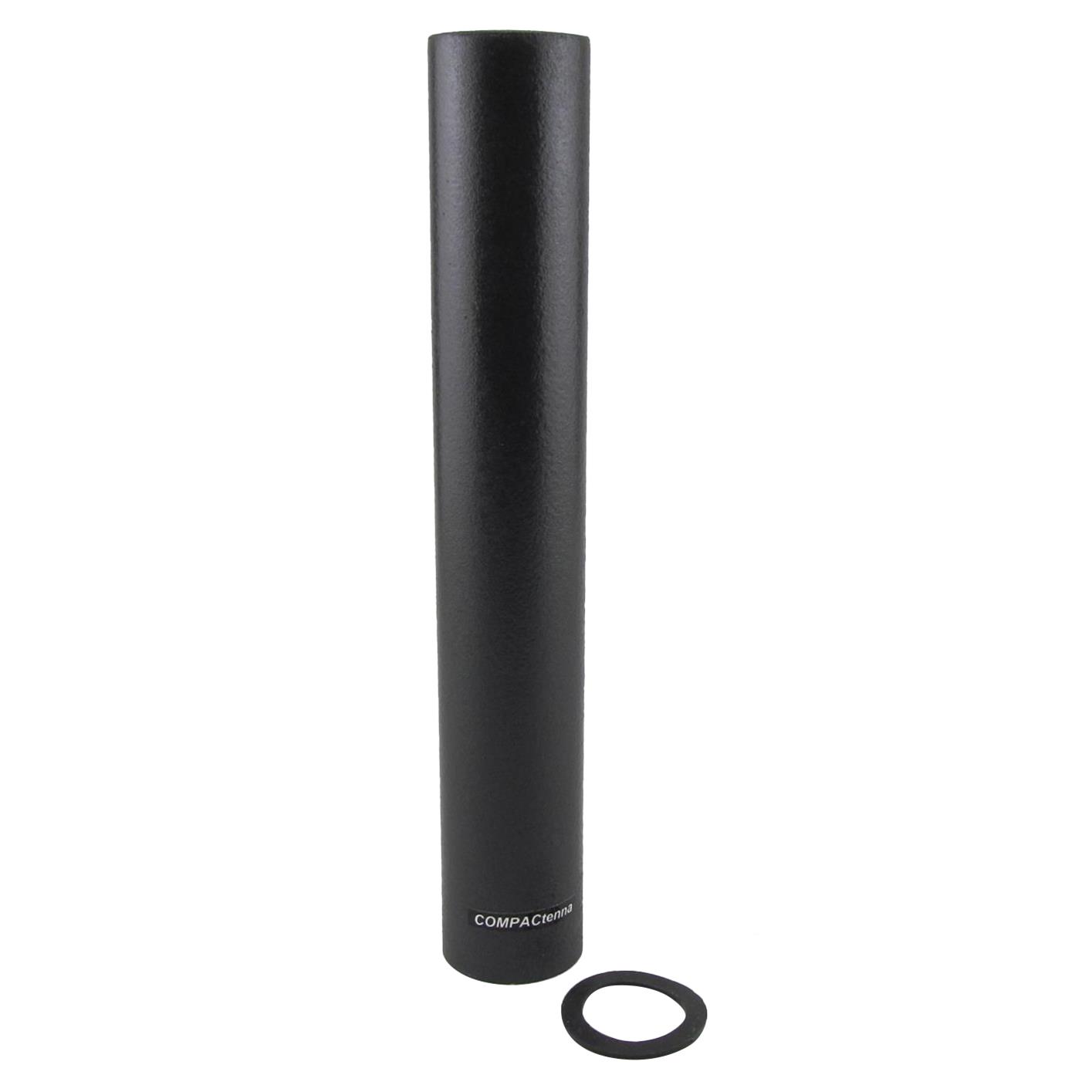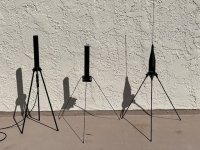bearcatrp
Member
Has anyone done a comparison of these 2 antennas? I have the D220R. Looks like the moon raker would work better with the additional antennas. Appreciate any information on this. Thanks

 www.dxengineering.com
www.dxengineering.com

Moonraker UK Limited 12-202 Moonraker Ltd SkyScan VHF/UHF Mobile Receive Antennas | DX Engineering
Free Shipping - Moonraker Ltd SkyScan VHF/UHF Mobile Receive Antennas with qualifying orders of $99. Shop VHF/UHF Mobile Monitor Antennas at DX Engineering.



